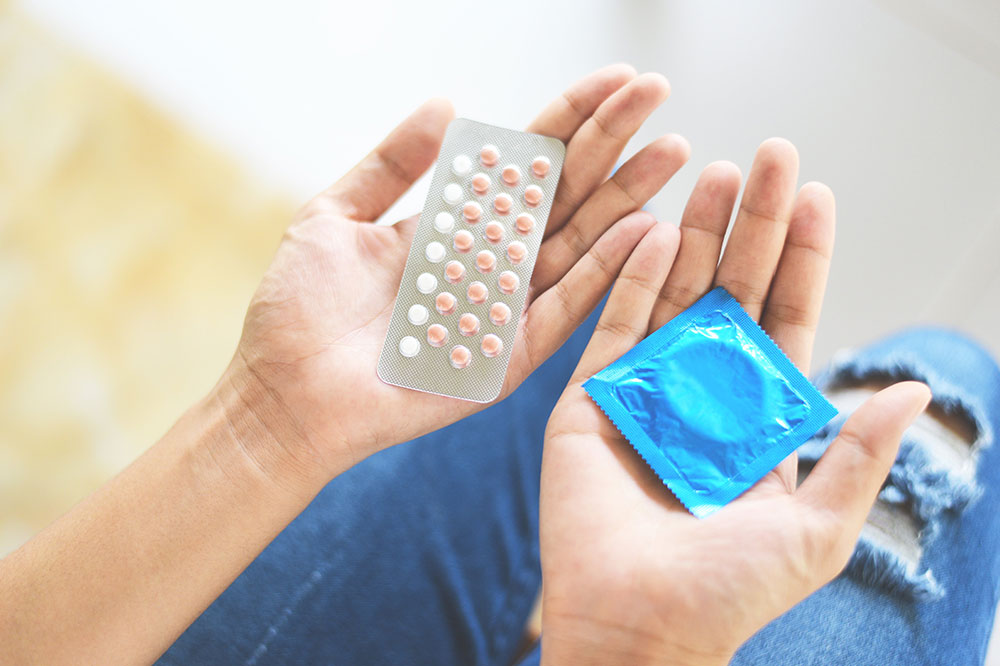
7 of the Most Commonly Used Contraception Methods
Condoms and hormonal contraceptives are the most popular choices for temporary pregnancy prevention. While condoms are less expensive and intrusive, hormonal contraceptives can be used for longer. There are many other effective contraceptives available as well, so one should understand which one suits their needs best. This article lists some of the different types of birth control methods:
1. Condoms
Condoms are the most common contraceptive, and they also offer protection against Sexually Transmitted Infections. These single-use birth control methods are available for both men and women. Condoms prevent the sperm from coming in contact with the egg to prevent fertilization. While a male condom is worn over the penis, female condoms must be inserted into the vagina to cover the cervix. Male condoms are about 98 percent effective, and female condoms are around 95 percent effective when used correctly.
2. The pill
This is a hormonal pill that women must take every day. It is a safe and affordable contraception method if the pills are always taken on time, with an effectiveness of 99 percent if used properly. The hormones in the pill stop ovulation to prevent pregnancy, and they also thicken the mucus on the cervix. Thicker cervical mucus acts as a second layer of protection and prevents sperm from meeting an egg.
3. Intrauterine Device (IUD)
Universally accepted as an effective type of birth control for women, IUDs are small T-shaped copper or hormonal devices that release hormones to prevent conception. IUDs need to be placed in the uterus by a healthcare provider and are effective for 3-12 years. An added benefit of the copper IUD is that it’s over 99.9% effective as emergency contraception if put in within 120 hours after unprotected sex.
4. Birth control implant
This device is a small, flexible rod about the size of a matchstick and is implanted under a woman’s upper arm skin. The implant releases the progestin hormone to prevent pregnancy by thickening the cervical mucus lining or stopping the ovaries from releasing eggs. It is 99 percent effective but needs to be replaced every 3 years.
5. Birth control shot
The progestin hormone is administered in the form of a shot to prevent ovulation and thicken the cervical mucus to avoid pregnancy. This type of birth control has a 49 percent effectiveness, and the shot needs to be taken once every 3 months.
6. Birth control vaginal ring
This small, flexible ring is worn inside the vagina and releases hormones to prevent pregnancy by stopping ovulation and thickening the cervical mucus. It is around 91 percent effective when used correctly and needs to be replaced monthly.
7. Diaphragm
This is a soft, shallow cup that must be inserted into the vagina to cover the cervix and physically keep the sperm from meeting an egg. This type of birth control has an effectiveness of 88 percent, must be used every time, and provides the best results when used with spermicide.



